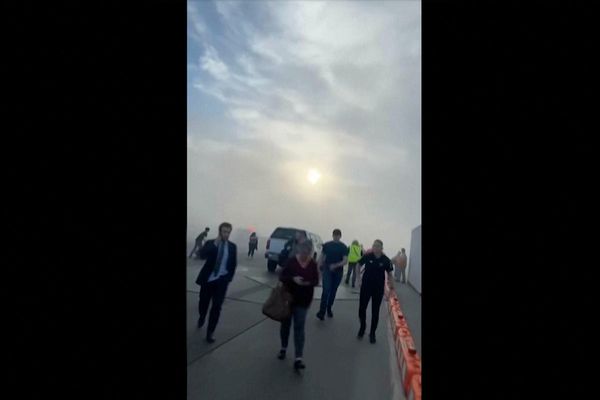
Buying a home is one of the biggest investments you’ll ever make, but what if your dream house hides a dirty secret beneath the surface? Many neighborhoods across the country are built on land that once served as a former dump site, and the consequences can be more than just unpleasant odors. Living above a former dump site can impact your life in ways you might not expect, from health risks to property value concerns. Knowing the warning signs can help you take action before small issues become major headaches. Here are eight signs your home may be sitting on a former dump site—and what you can do about it.
1. Unusual Odors Indoors or Outdoors
It could be more than a passing nuisance if you notice persistent, foul smells in your home or yard. As buried waste decomposes, former dump sites often emit gases like methane or hydrogen sulfide. These gases can seep through the soil and into your home, creating a rotten egg or chemical smell that lingers. If you can’t trace the odor to a plumbing or sewer issue, it’s worth investigating the land’s history. Persistent odors are not just unpleasant—they can signal underlying health hazards.
2. Frequent Sinkholes or Uneven Ground
Have you spotted sudden dips, soft spots, or even small sinkholes in your yard? Uneven ground is a classic sign of a former dump site. As buried trash breaks down, it creates voids underground, causing the soil above to settle unpredictably. This can lead to tripping hazards, foundation issues, and even damage to driveways or patios. If your property seems to shift or settle more than neighboring homes, it’s time to look into the land’s past use.
3. Unexplained Health Issues
Living above a former dump site can expose you and your family to harmful chemicals and gases. Symptoms like headaches, nausea, skin rashes, or respiratory problems that don’t improve with time may be linked to environmental exposure. Children and pets are especially vulnerable. If your household experiences ongoing health issues with no clear cause, consider environmental testing and consult your doctor. The Agency for Toxic Substances and Disease Registry offers resources on health effects related to hazardous waste sites.
4. Odd Debris or Artifacts in the Soil
Do you find broken glass, rusted metal, or other strange debris when gardening or digging in your yard? Former dump sites often leave behind remnants of their past, including construction waste, household trash, or even industrial materials. These artifacts can pose safety risks and indicate that the soil was never properly remediated. If you consistently unearth odd items, it’s a strong clue your home sits atop a former dump site.
5. Poor Plant Growth or Dead Patches
Healthy soil supports healthy plants. Contaminated soil from a former dump site could be to blame if your lawn or garden struggles to thrive despite your best efforts. Toxic substances like heavy metals or chemicals can stunt plant growth, cause yellowing leaves, or create dead patches where nothing will grow. Soil testing can reveal contaminants and help you decide on next steps, such as soil replacement or professional remediation.
6. High Levels of Radon or Methane
Radon and methane are both colorless, odorless gases that can seep into homes built on a former dump site. Radon is a leading cause of lung cancer, while methane poses explosion risks at high concentrations. Home testing kits are available for both gases, and elevated levels should be addressed immediately. The Environmental Protection Agency provides guidance on testing and mitigation for radon and other hazardous gases.
7. Water Drainage Problems
Does your yard flood easily, or do you notice standing water after rain? Poor drainage can be a sign that the ground beneath your home is filled with non-porous debris from a former dump site. This can lead to water pooling, foundation damage, and even mold growth inside your home. If drainage issues persist despite landscaping fixes, the underlying soil composition may be the culprit.
8. Gaps in Property Records or Vague Land History
Do you find missing records or vague descriptions of past land use when researching your property? A lack of clear documentation can be a red flag. Many former dump sites were never officially recorded, especially if they were closed decades ago. If you can’t find detailed information about your land’s history, consider reaching out to local environmental agencies or historical societies for more insight.
Protecting Your Home and Health for the Future
Recognizing the signs that your home may be built over a former dump site is the first step toward protecting your investment and your family’s well-being. Don’t ignore the warning signs if you suspect your property has this hidden past. Schedule environmental testing, consult with local authorities, and consider professional remediation if necessary. Taking action now can prevent bigger problems down the road and ensure your home remains a safe, healthy place to live.
Have you ever discovered your home was built on a former dump site? Share your story or tips in the comments below!
Read More
Home Warranties: To Renew or Not to Renew?
The post 8 Signs Your Home Was Built Over a Former Dump Site appeared first on Clever Dude Personal Finance & Money.







